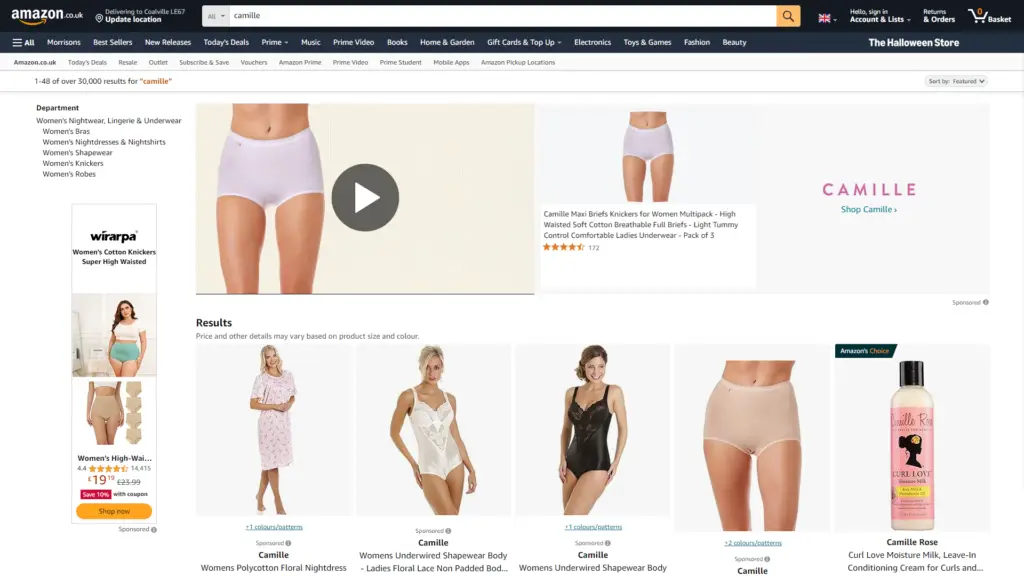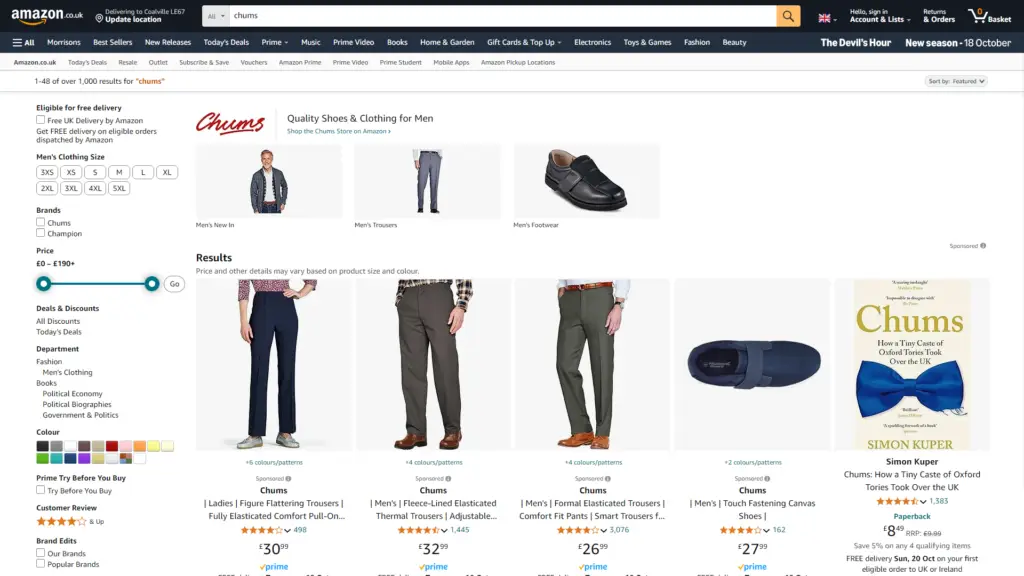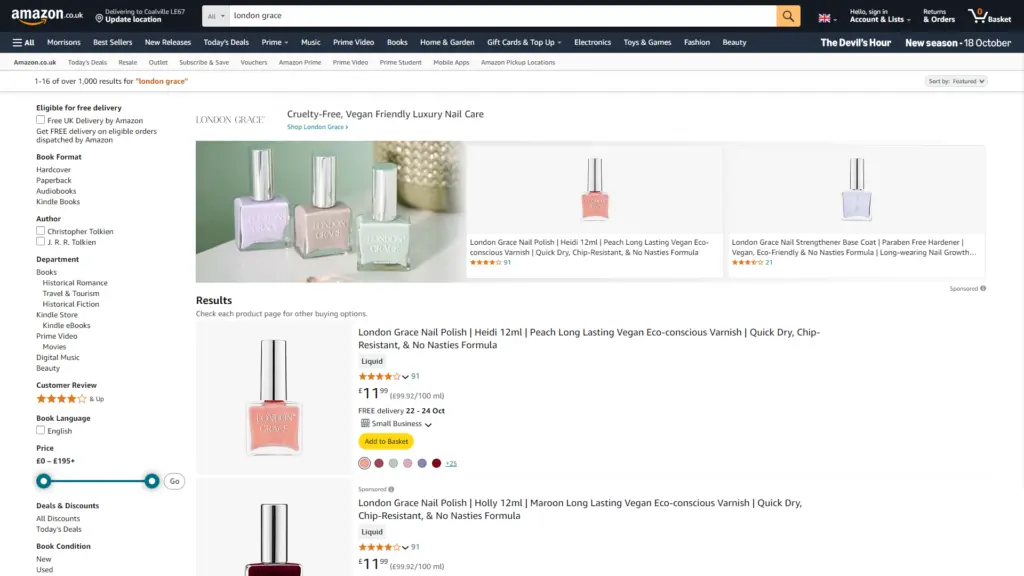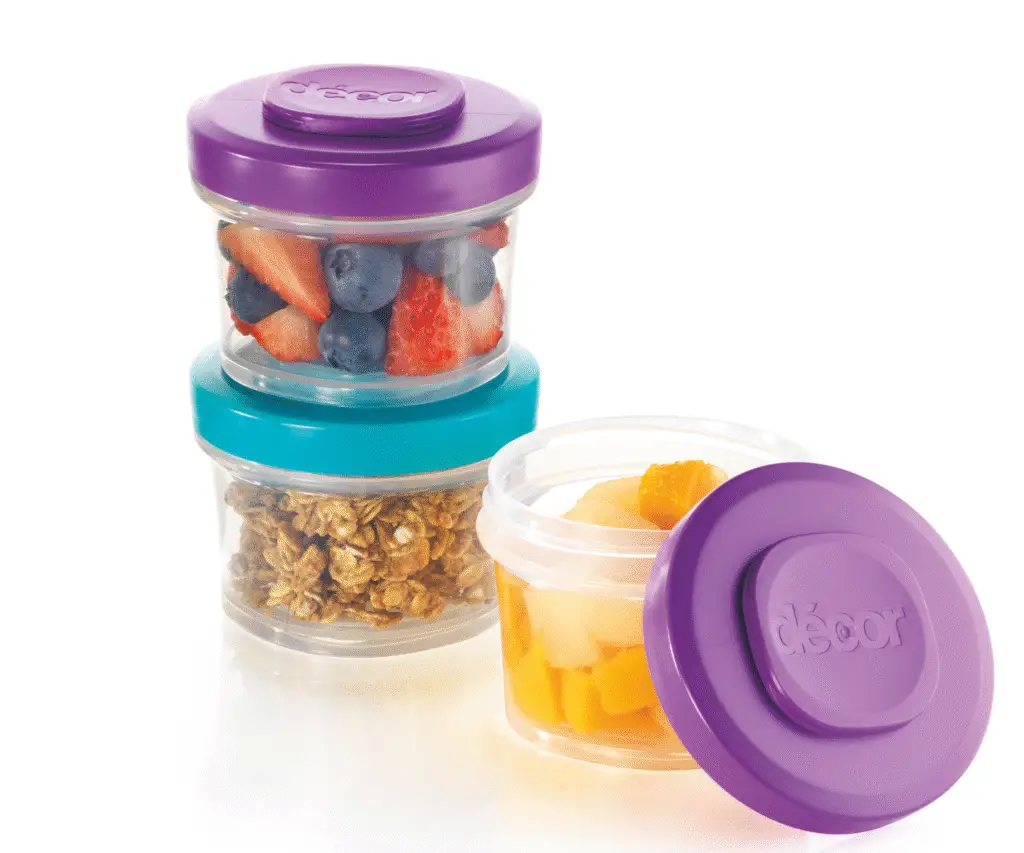Amazon offers a range of advertising solutions for sellers who want to draw in new customers and increase their reach. Sponsored Brands and Sponsored Products are two of the popular Amazon ad options.
But, how do these two types of ads differ from one another to meet various business needs?
This article will clarify the differences, benefits, and uses to help you reach your goals. By the end, you’ll know which Amazon ad is best for your business.
Understanding Sponsored Products
One of the most popular types of ads is the Sponsored Products. Its purpose is to increase the visibility of specific product listings. Ads like this show up on product pages and search results.
They are usually marked as “Sponsored” to let customers know that they are seeing a sponsored ad. The cost-per-click (CPC) approach means you only get billed when someone clicks on your ad.

The ease of setup is what sets Sponsored Products apart. Sellers can select items to promote, set a budget, and target specific keywords and ASINs.
Amazon can also set up Sponsored Products for you via its targeting algorithms. This is ideal for sellers who want a simple, hands-off approach, as Amazon matches your ads with the most relevant search terms and product categories.
It’s a great option for beginners or those who prefer to let Amazon handle the targeting while still controlling their budget and bids.
For small sellers or those with a tight budget for ads, Sponsored Products are very helpful. The targeted nature of the ads provides a simple way to direct users to a product page.
If you have to sell a certain item or clear your inventory, Sponsored Products is the perfect choice.
According to Amazon, Sponsored Products account for a substantial share of ad-attributed sales on the platform, making them a go-to choice for sellers looking to maximize visibility and ROI. F
or example, advertisers using Sponsored Products during key events like Prime Day saw up to 1.4 times higher sales compared to those not using ads.
What are Sponsored Brands?
Sponsored Brands aim to promote your company as a whole, rather than just individual products. These ads allow you to showcase multiple items, and feature a unique headline, a custom image, and your brand’s logo in the ad.

Each click could direct customers to a custom page or your own Amazon Brand Store, providing an environment free from competing sellers, where customers can explore and shop exclusively within your product range.
It gives sellers the chance to engage with buyers to explore more than one product. This happens by sending them to a custom landing page or shopfront. This helps businesses with many products or a niche build a stronger presence on Amazon.
This not only increases brand awareness but also encourages customers to discover more of what you offer, enhancing the chances of multiple sales. Building brand recognition and loyalty are two of the key benefits of this campaign type.
Prominently featured across Amazon, you’ll find Sponsored Brands:
- At the top and bottom of search results
- In the middle of search results
- Within product listing details
- On the homepage
Depending on the goal, Sponsored Brands could utilize the same cost-per-click (CPC) method as Sponsored Products or Cost per 1,000 viewable impressions (VCPM).
Sponsored Brands can be a great tool to establish your brand identity and stand out in a crowded market. It could boost your online reach if you cater to a specific market or sell an assortment of products.
Sponsored Brands are so effective for boosting brand visibility and reaching new customers that Amazon data shows that brands who use “all Sponsored Brands ad formats saw an average of 79% of their sales from new-to-brand customers”
Key Differences in Ad Placement
One of the most noticeable differences between Sponsored Products and Sponsored Brands is their placement within Amazon’s ecosystem.
Sponsored Products Ads appear in multiple locations. These can include search results (usually mixed in with organic listings) and product detail pages, often under a “Sponsored” section.
Since these ads blend seamlessly into Amazon’s natural layout, they feel less like traditional ads and more like part of the shopping experience. As a result, they can sometimes have higher click-through rates because they aren’t as visually distinct.
Sponsored Brands Ads are usually displayed in premium spots, especially at the top of search results. They’re highly visible and allow for a more creative presentation.
This type of ad is hard to miss, making it a powerful way to grab attention. However, because they look more like banner ads, some customers might scroll past them, assuming they are advertisements rather than organic results.

Campaign Goals: Sales vs. Brand Building
When it comes to choosing between Sponsored Products and Sponsored Brands, your decision will largely depend on your advertising goals.
Sponsored Products are ideal if you are focused on immediate sales. These ads are meant to drive clicks directly to a product page, which increases the chances of generating a quick purchase.
If your objective is to move units or increase visibility for a specific product, Sponsored Products are your go-to option. They’re also a good way to promote discounted items or new launches that need an initial push in exposure.
Sponsored Brands focuses more on long-term brand growth. If you want to create recognition and build trust with your target audience, Sponsored Brands provide a way to feature more than just one product, allowing you to introduce shoppers to your entire lineup.
Over time, this brand-first strategy can help increase overall customer loyalty, making it more likely that customers will seek out your products by name in the future.
Budget and Bidding Differences
While both ad types work on a CPC model (and Sponsored Brands work on vCPM model), the way budgets and bidding work for Sponsored Products versus Sponsored Brands can vary.
Sponsored Products are flexible for small and large budgets alike. You can easily manage costs by setting limits on daily spend or adjusting your bids on specific keywords.
If you have a limited advertising budget or want to focus resources on a specific product, this ad format provides more granular control over spending.
Sponsored Brands may require a more significant investment to be effective. Because the ads appear in premium spots and are designed to boost overall brand visibility, competition for these placements can be fiercer in certain categories, driving up costs.
However, if your goal is brand building rather than just product sales, this ad type is worth the extra investment.
Creative Flexibility
Sponsored Products and Sponsored Brands also differ in terms of creativity and customization options.
Sponsored Products are straightforward. You don’t need to create a custom design or come up with a brand message; Amazon pulls the product image, title, and pricing directly from your listing.
This simplicity makes Sponsored Products easier to manage, especially for sellers who may not have the resources or time to create unique ad content
Sponsored Brands, on the other hand, offer more customization. You can create eye-catching ads that include your logo, a custom headline, and a carousel of products, making them more dynamic.
This allows you to craft a stronger visual identity, but it also requires more effort and planning.

Which One Should You Choose?
Deciding between Sponsored Products and Sponsored Brands ultimately depends on your goals, budget, and the nature of your business.
If your focus is on driving immediate sales for individual products, Sponsored Products might be your best bet. They’re easier to set up, require less creative input, and are more budget-friendly.
On the other hand, if you’re looking to invest in long-term brand growth and want to build a recognizable presence on Amazon, Sponsored Brands offer more flexibility and higher visibility.
They allow you to showcase your brand’s identity and promote multiple products at once, giving you a better chance to leave a lasting impression on potential customers.
Based on what we’ve seen, using both ad formats together can create a powerful strategy. Sponsored Products can help with product-specific goals, while Sponsored Brands can drive awareness and loyalty for your brand as a whole.
By understanding the differences and strengths of each, you can better align your advertising strategy with your business needs, making the most of what Amazon’s advertising platform has to offer.
If you need expert advice on optimizing your Amazon advertising strategy, our team is here to help. Contact us to learn how we can support your Amazon Store’s success.




